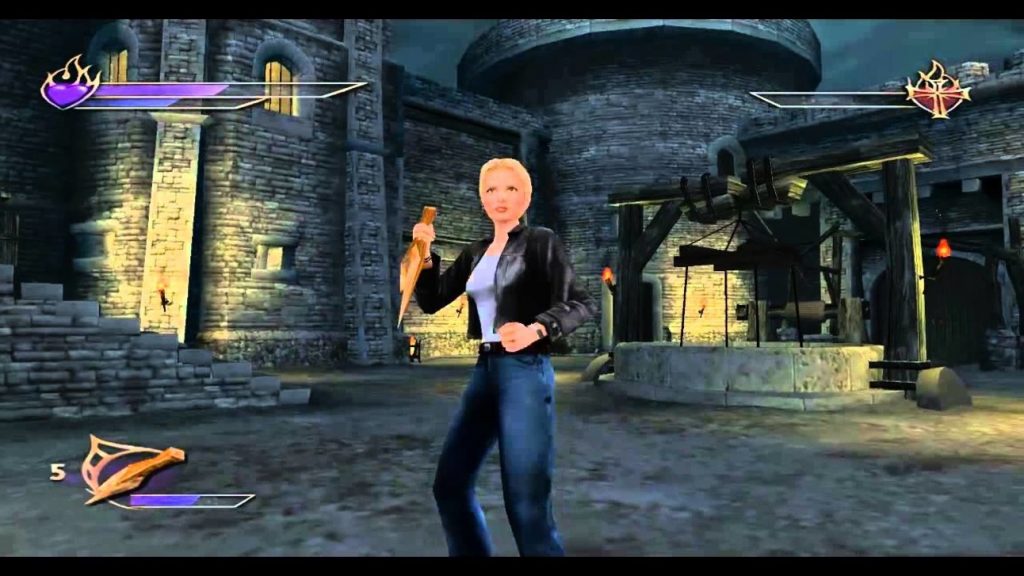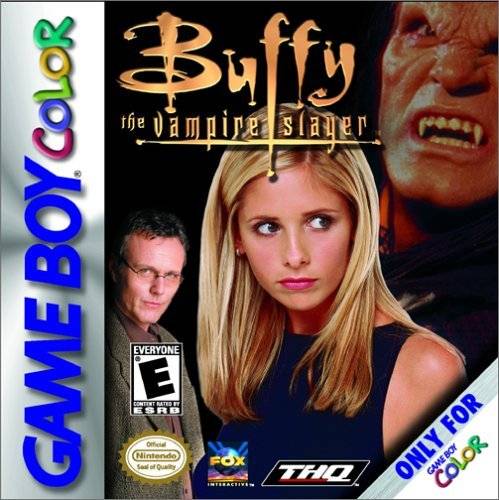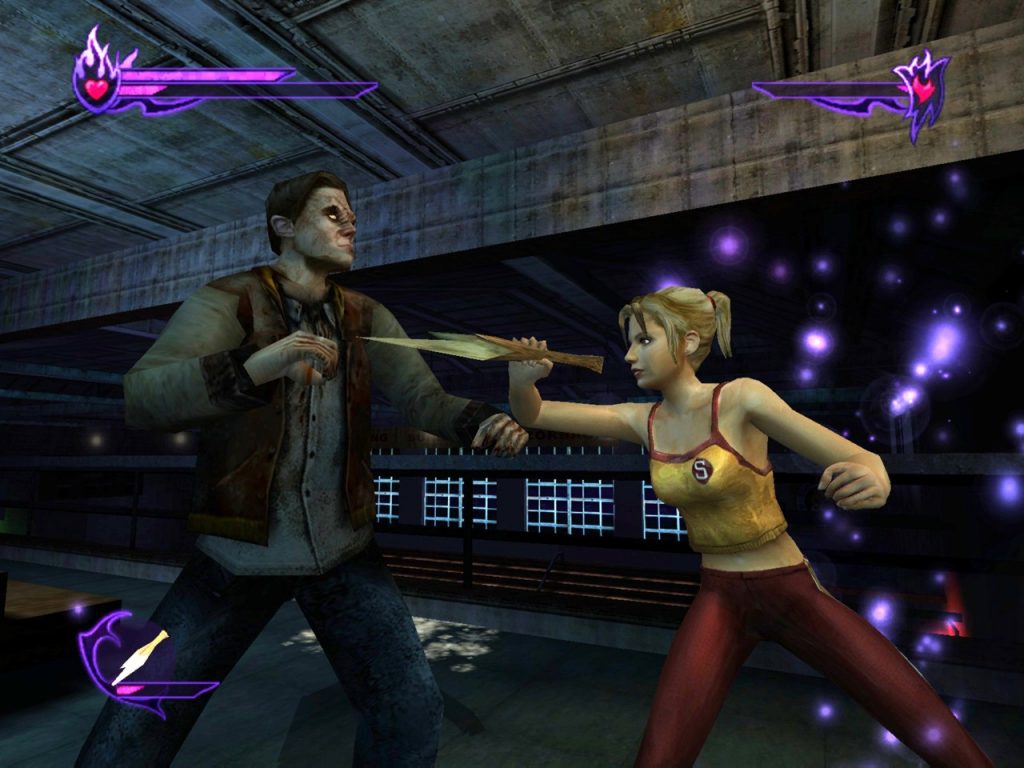
Buffy the Vampire Slayer staked her claim in video games before becoming a cultural icon
“Buffy the Vampire Slayer” – even if you’ve never seen a single episode of the hit television series, you’ve at least heard its title mumbled in recent years; and if you’re part of the LGBTQ community, then you understand the social and cultural impact it had on the community.
A blonde high school cheerleader chosen by mystical forces to fight evil and save innocents. It was such a simple concept, so much so that it originally exited as a campy comedy in 1992, but as the seasons progressed and the envelope continued to be pushed, Buffy the Vampire Slayer became the catalyst for millions of viewers to come to terms with their own sexuality and witness early glimpses of acceptance.
Although the fight for equality was gaining momentum in the mid-90’s, gays weren’t seen as viable assets in media for at least another decade. But Buffy the Vampire was ripe with sexuality, and damnit if I didn’t look forward to seeing leather clad vampires in open button-up shirts every week. Personal preferences aside, the Joss Whedon created horror-drama will go down in history for showcasing one of the first lesbian couples on mainstream television with Willow and Tara, followed by Willow and Kennedy.
Whether it’s the recent comic book series breaking sales records at Boom Studios, or the 2023 release of Slayers: A Buffyverse Story podcast which reunited a lot of the original cast in a new audio adventure, Buffy the Vampire Slayer is still just as popular as ever.
Do you remember when Facebook tried to use it as their flagship series for their home media streaming outlet? Have you seen the children’s pop up book in Barnes & Noble, or the Funko Pop figures featuring Buffy Summers in her Prophecy Girl dress and Faith Lehane in her Bronze debut décor? I think it’s safe to say that Sarah Michelle Gellar, Anthony Stewart Head, David Boreanaz and their iconic characters are still reaching hundreds of new viewers every year despite being off the air since 2003 (or 2004 if you followed Angel).
So, if you’ve recently discovered one of the greatest cult classics of all time and you’re dying to explore the universe more – fear not! A series of Buffy the Vampire Slayer games were released between 2000 and 2009, and most of them are still available today.

It all started with the initial game released to Game Boy Color by THQ at the turn of the millennium. Taking place during the show’s fourth season, “Buffy the Vampire Slayer” was as primitive as you could get, even by Game Boy Color standards. Walk, jump, punch, kick, stake. That was all you could do with your Buffy avatar. The graphics were widely outdated, looking more like a game released in 1990, and the cut series and reveals were handled with comic book panels that you could click through until you reached the next level.
Most of my complaints were remedied in the 2003 sequel, “Buffy the Vampire Slayer: Wrath of the Darkhul King,” playable on Game Boy Advance.
Handheld games aren’t for everybody, so Buffy Summers slayed the big consoles with “Buffy the Vampire Slayer” and “Buffy the Vampire Slayer: Chaos Bleeds,” which debuted on Xbox, PlayStation 2 and GameCube.
What is wonderful about the console games is that a dozen of supporting or one-time characters from the television adaption clawed their way into the games. The Master? He’s in the first Xbox game. Sid the Dummy? You can find him in “Chaos Bleeds.”
I grumble every time I force myself to play “Buffy the Vampire Slayer,” (2000) but the following three games are a must have to Buffy the Vampire Slayer fans who want to explore Sunnydale with a controller in their hands.
Even this year, just after Christmas, I went to a used video game store to buy a new HDMI cable so I could hook up my Xbox and play “Buffy the Vampire Slayer” (2002), which is much superior and less wooden than its sequel.
However, here’s where the series takes a turn. The next game returned to handhelds with “Buffy the Vampire Slayer: Sacrifice,” and to be honest, I’ve never played this entry. It was made available on Nintendo DS, but only for devices produced in Europe. Also, years prior, a mobile game more infantile than the series’ first edition – “Quest for Oz” – was uploaded and saw you exploring Drusilla’s mansion. In this case, I’m almost thankful I couldn’t play before it disappeared from, well, whatever App Stores were called in 2004.
With a history and resume as long as Buffy the Vampire Slayer, I can’t help but to wish for another video game. It would be wild to see my favorite characters living it up on an updated console. So far, the closest thing I’ve seen is Sarah Michelle Gellar lending her voice and likeness to the “Call of Duty: Black Ops” DLC that saw her fighting hordes of zombies.
If you’re dying to slay vampires in the comforts of your own home, five out of six games are available to purchase on Amazon, eBay, or wherever else you can find used video games.

This article was first published in August 2019 and has been updated.




